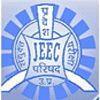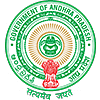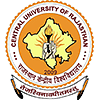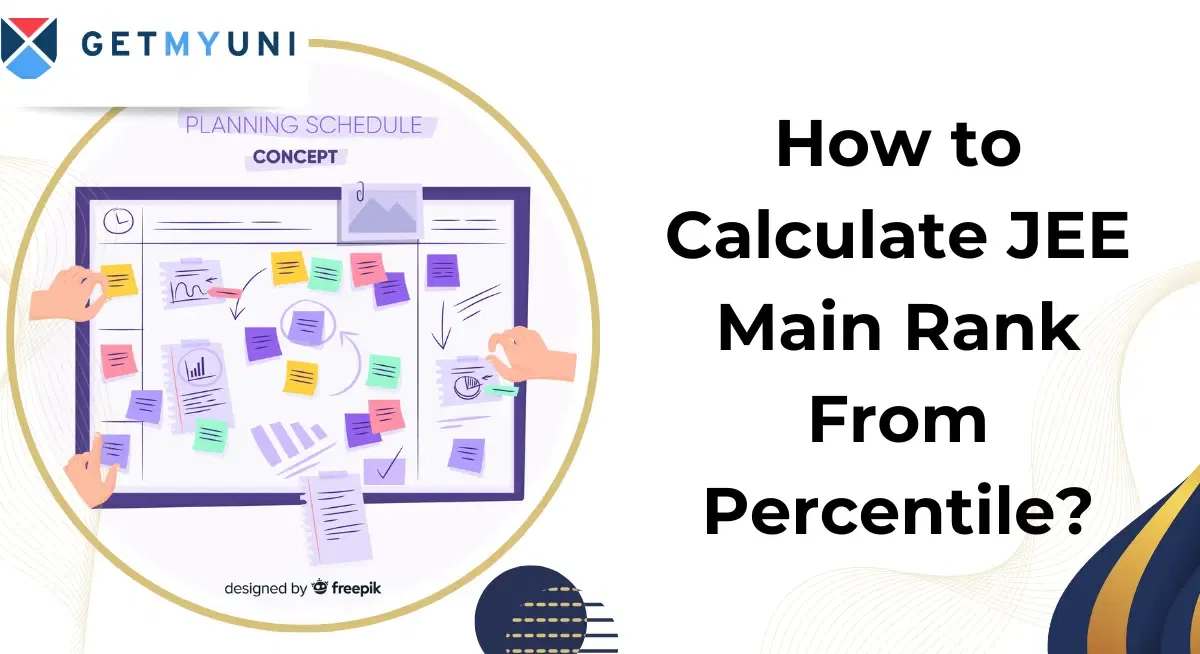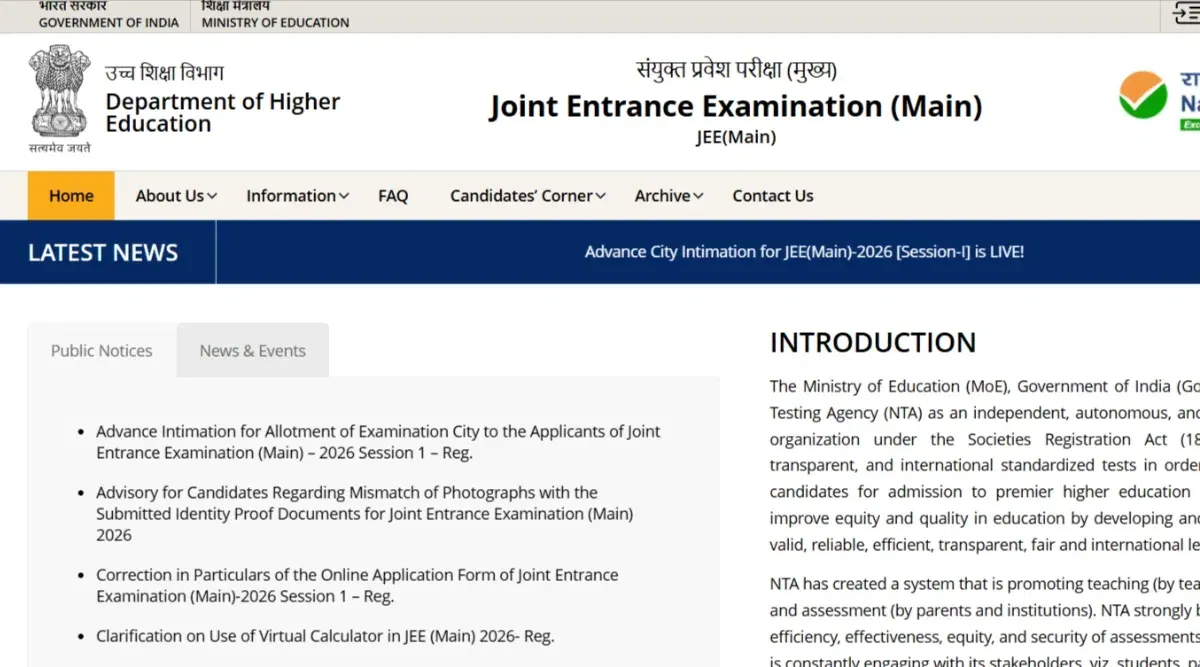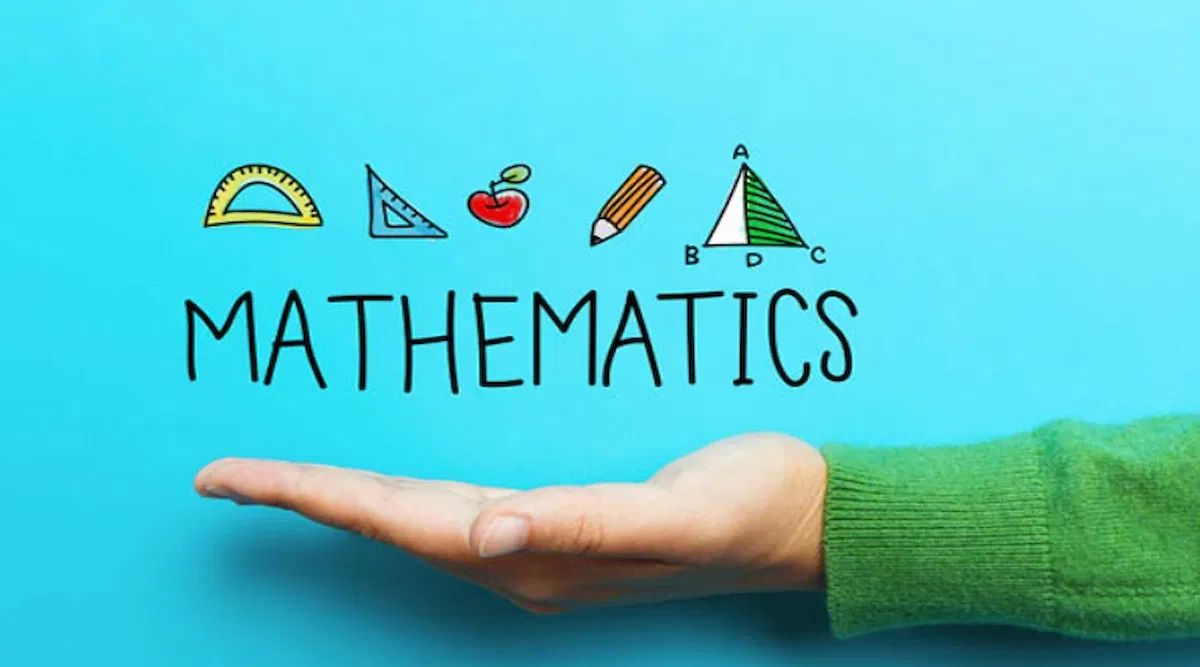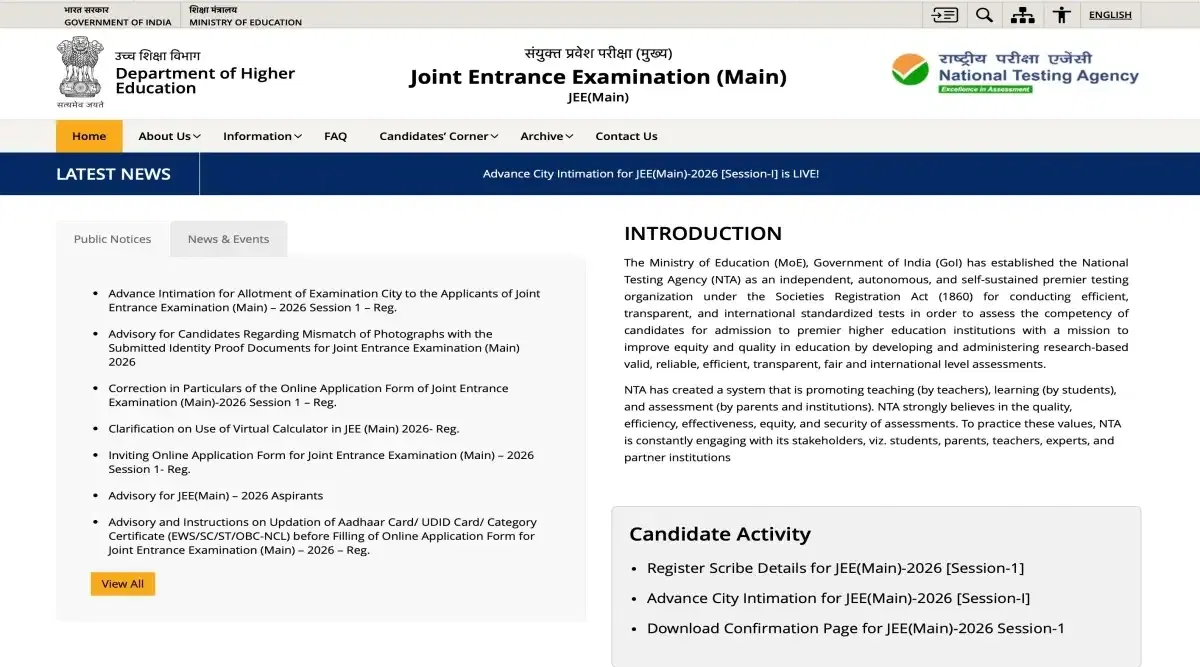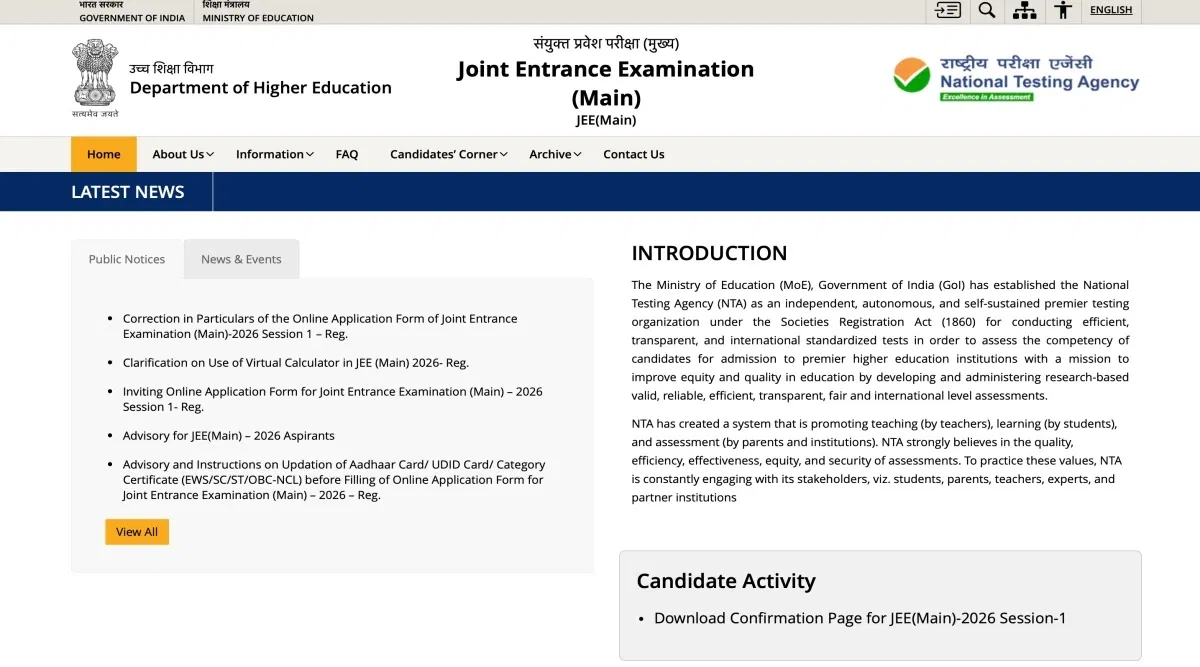
Table of Contents
JEE Mains Mathematics syllabus 2025 comprises 16 units including topics like Calculus, Vector & 3D, Trigonometric Equations, Probability, and much more. The JEE Main syllabus 2025 has been released by the NTA on its official website. Candidates must check the detailed JEE Main Mathematics syllabus, downloadable PDF, topic-wise weightage, reference books and preparation tips.
JEE Mains Mathematics Syllabus 2025: PDF Download
NTA has released the syllabus for JEE Mains Mathematics 2025 preparation. Candidates can refer to the table provided below and check out the JEE Main Mathematics syllabus 2025 in detail:
|
JEE Mains Mathematics Syllabus 2025 |
JEE Mains Mathematics Syllabus 2025
The JEE Mains Mathematics syllabus 2025 is broadly classified into topics and sub-topics. The following table presents the complete syllabus for JEE Main Mathematics.
UNIT 1: Sets, Relations and Functions:
Sets and their representation: Union, intersection and complement of sets and their algebraic properties; Power set; Relation, Type of relations, equivalence relations, functions; one-one, into and onto functions, the composition of functions.
UNIT 2: Complex Numbers and Quadratic Equations:
Complex numbers as ordered pairs of reals, Representation of complex numbers in the form a + ib and their representation in a plane, Argand diagram, algebra of complex number, modulus and argument (or amplitude) of a complex number, square root of a complex number, triangle inequality, Quadratic equations in real and complex number system and their solutions Relations between roots and coefficient, nature of roots, the formation of quadratic equations with given roots.
UNIT 3: Matrices and Determinants:
Matrices, algebra of matrices, type of matrices, determinants and matrices of order two and three, properties of determinants, evaluation of determinants, area of triangles using determinants, Adjoint and evaluation of inverse of a square matrix using determinants and elementary transformations, Test of consistency and solution of simultaneous linear equations in two or three variables using determinants and matrices.
UNIT 4: Permutations and Combinations:
The fundamental principle of counting, permutation as an arrangement and combination as section, Meaning of P (n,r) and C (n,r), simple applications.
UNIT 5: Mathematical Inductions:
Principle of Mathematical Induction and its simple applications.
UNIT 6: Binomial Theorem and Its Simple Applications:
Binomial theorem for a positive integral index, general term and middle term, properties of Binomial coefficients and simple applications.
UNIT 7: Sequence and Series:
Arithmetic and Geometric progressions, insertion of arithmetic, geometric means between two given numbers, Relation between A.M and G.M sum up to n terms of special series; Sn, Sn2, Sn3. Arithmetic-Geometric progression.
Unit 8: Limit, Continuity and Differentiability:
Real–valued functions, algebra of functions, polynomials, rational, trigonometric, logarithmic and exponential functions, inverse function. Graphs of simple functions. Limits, continuity and differentiability. Differentiation of the sum, difference, product and quotient of two functions. Differentiation of trigonometric, inverse trigonometric, logarithmic, exponential, composite and implicit functions; derivatives of order up to two, Rolle’s and Lagrange's Mean value Theorems, Applications of derivatives: Rate of change of quantities, monotonic- increasing and decreasing functions, Maxima and minima of functions of one variable, tangents and normal.
UNIT 9: Integral Calculus:
Integral as an antiderivative, Fundamental Integrals involving algebraic, trigonometric, exponential and logarithmic functions. Integrations by substitution, by parts and by partial functions. Integration using trigonometric identities.
UNIT 10: Differential Equations:
Ordinary differential equations, their order and degree, the formation of differential equations, solution of differential equation by the method of separation of variables, solution of a homogeneous and linear differential equation of the type:dy/dx+p(x)y=q(x).
UNIT 11: Coordinate Geometry:
Cartesian system of rectangular coordinates in a plane, distance formula, sections formula, locus and its equation, translation of axes, the slope of a line, parallel and perpendicular lines, intercepts of a line on the coordinate axis.
Straight line: Various forms of equations of a line, intersection of lines, angles between two lines, conditions for concurrence of three lines, the distance of a point form a line, equations of internal and external by sectors of angles between two lines coordinate of the centroid, orthocentre and circumcentre of a triangle, equation of the family of lines passing through the point of intersection of two lines.
Circle, conic sections: A standard form of equations of a circle, the general form of the equation of a circle its radius and central, equation of a circle when the endpoints of a diameter are given, points of intersection of a line and a circle with the centre at the origin and condition for a line to be tangent to a circle, equation of the tangent, sections of conics, equations of conic sections (parabola, ellipse and hyperbola) in standard forms, condition for Y = MX +c to be a tangent and point (s) of tangency.
UNIT 12: Three-Dimensional Geometry:
Coordinates of a point in space, the distance between two points, section formula, directions ratios and direction cosines, and the angle between two intersecting lines. Skew lines, the shortest distance between them and its equation. Equations of a line and a plane in different forms, the intersection of a line and a plane, and coplanar lines.
UNIT 13: Vector Algebra:
Vectors and scalars, the addition of vectors, components of a vector in two dimensions and three-dimensional space, scalar and vector products, and scalar and vector triple products.
UNIT 14: Statistics and Probability:
Measures of discretion; calculation of mean, median, mode of grouped and ungrouped data calculation of standard deviation, variance and mean deviation for grouped and ungrouped data.Probability: Probability of an event, addition and multiplication theorems of probability, Bayes theorem, probability distribution of a random variate, Bernoulli trials and binomial distribution.
UNIT 15: Trigonometry:
Trigonometric identities and equations, trigonometric functions, inverse trigonometric functions and their properties, heights and distance.
UNIT 16: Mathematical Reasoning:
Statement logical operations and, or, implies, implied by, if and only if, understanding of tautology, contradiction, converse and contrapositive.
JEE Main 2025 Topic Wise Weightage
Understanding the JEE Mains mathematics weightage of each topic is necessary for preparation. Therefore, let us now see physics weightage in JEE Mains and the number of questions:
| Topics | Number of Questions | Total Marks |
| Coordinate Geometry | 5 | 20 |
| Limits, Continuity and Differentiability | 3 | 12 |
| Integral Calculus | 3 | 12 |
| Complex numbers and Quadratic Equation | 2 | 8 |
| Matrices and Determinants | 2 | 8 |
| Statistics and Probability | 2 | 8 |
| Three Dimensional Geometry | 2 | 8 |
| Vector Algebra | 2 | 8 |
| Sets, Relation and Function | 1 | 4 |
| Permutations and Combinations | 1 | 4 |
| Binomial Theorem and Its Application | 1 | 4 |
| Sequences and Series | 1 | 4 |
| Trigonometry | 1 | 4 |
| Mathematical Reasoning | 1 | 4 |
| Differential Equation | 1 | 4 |
| Statics and Dynamics | 1 | 4 |
| Differential Calculus | 1 | 4 |
Books for JEE Mains 2025 Maths Preparation
There are various books available in the market that claim to be best for the JEE Mains Mathematics syllabus 2025 preparation. Here is a compiled list of the best math books for JEE Mains 2025:
| Name of the Book | Author |
| Objective Mathematics | R D Sharma |
| Plane Trigonometry | S L Loney |
| The Elements Of Coordinate Geometry | S L Loney |
| Algebra (Arihant Publications) | Dr S K Goyal |
| Differential Calculus (Arihant Publications) | Amit M Agarwal |
| Integral Calculus (Arihant Publications) | Amit M Agarwal |
Preparation Tips to Crack the JEE Mains 2025 Mathematics
JEE Mains Mathematics syllabus 2025 plays a major role in the results. The scope of scoring marks in math is high and it can improve the rank of students. This can additionally create a chance for students to qualify for JEE Advanced. Mentioned below are a few tips that can enhance aspirants’ chances of getting the qualifying rank:
- Knowing the JEE Mains Mathematics syllabus 2025 is a very important factor as it helps the students strategize their study schedule accordingly.
- Students can easily make notes of important topics from the JEE Main math book, and revise them at regular intervals.
- They can adopt a holistic method of following a routine, and solve previous years’ question papers.
- Follow the above-mentioned books for a clear concept and understanding and make a chart of the formulas that are important.
- Make a habit of solving questions within the time frame and read the question paper carefully before jumping to answer; if there is any doubt, take a little time to understand and then attempt the question.
FAQs on JEE Main Mathematics
Q: Which chapter has a high weightage in JEE Main Maths?
Q: Can I skip Maths in JEE 2025?
Q: Can I skip trigonometry from maths in JEE Main 2025?
Q: What if I score 0 in Mathematics in JEE Main?
Q: What is the percentile for 120 marks in JEE Main?



